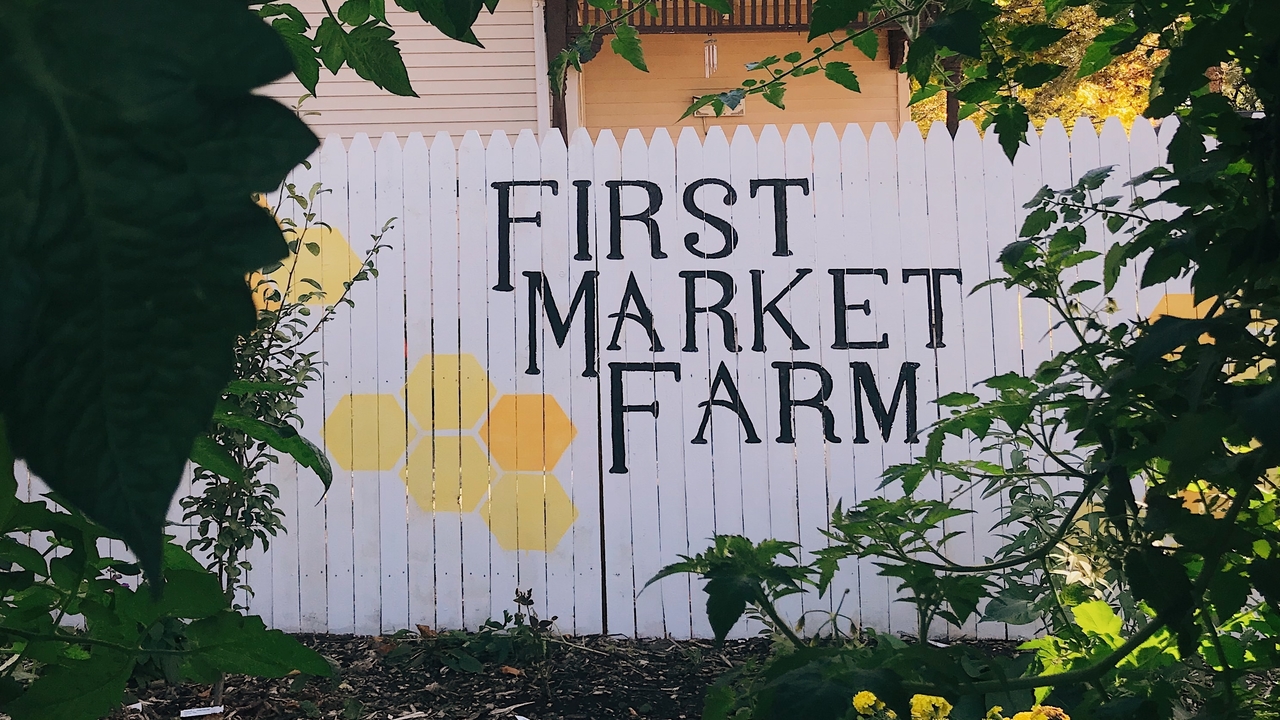Urban Agriculture and Community Gardens
With concerns of food insecurity becoming more imminent, especially with the unpredictable variations associated with climate change, urban agriculture and community gardens attempt to provide a sustainable practice for food production while supplying those in need with a source of produce. Not only do such food production practices address issues of limited accessibility to health supplies of food, but they can also confront other public health concerns, promote positive social wellbeing and generate green environments in areas otherwise lacking abundant plant life.
However, there are several important factors to actually having a successful program that truly addresses the issue of food insecurity. First, it is vital that the inequities of spatial and demographic access to supermarkets is addressed. There are reportedly less grocery stores and more fast food restaurants located in areas populated by marginalized groups or people with low incomes therefore, the location of these developments is important. It is also important that there is a clear understanding of who the food produced from these programs goes to, whether it be sold as a commodity or given away to those in need. The development of urban agriculture and community gardens should involve not only policy and decision makers, but gardeners, farmers and community members, bridging the communication gaps between all parties. Gardeners and farmers can provide information on how to increase yield of crops while using sustainable practices, city planners can give information on accessibility for community members and policy makers can help regulate where the food goes. Education remains a large player in this process because without it, people of the community may not be aware of or understand how to utilize the benefits of these practices.
Those who are involved often reap the benefits of positive social interactions with other members of the community, a sense of belonging and of autonomy in their lives, the blissful feeling of being surrounded by nature and increased healthy food intake and physical activity. But those who cannot afford the luxury of spending so much time in developments like community gardens, should still be able to benefit from the fresh healthy produce they can provide. Not everyone is privileged enough to spend leisure time working in the garden so if the goals of these forms of agriculture are to address food insecurity, accessibility for all should be a top priority.
While urban agriculture and community gardens are progressive ideas hoping to make positive changes, they should be implemented thoughtfully so that everyone has the equal opportunity of making their lives healthier and happier.
Written by Olivia Giovannini-Dolan, Class of 2020
Photo Credit: Olivia, at First Market Farm, a part of the TapRoot Collective in Rochester, NY.

